

Menu
⮞ About
About...
Paddy refers to rice that is still in its unhusked form, enclosed in the outer protective layer known as the husk. It is commonly cultivated in flooded fields, known as paddies, and undergoes a milling process to remove the husk before becoming the polished rice we consume. Paddy cultivation is a significant aspect of rice production globally.
diseases & its fertilizer
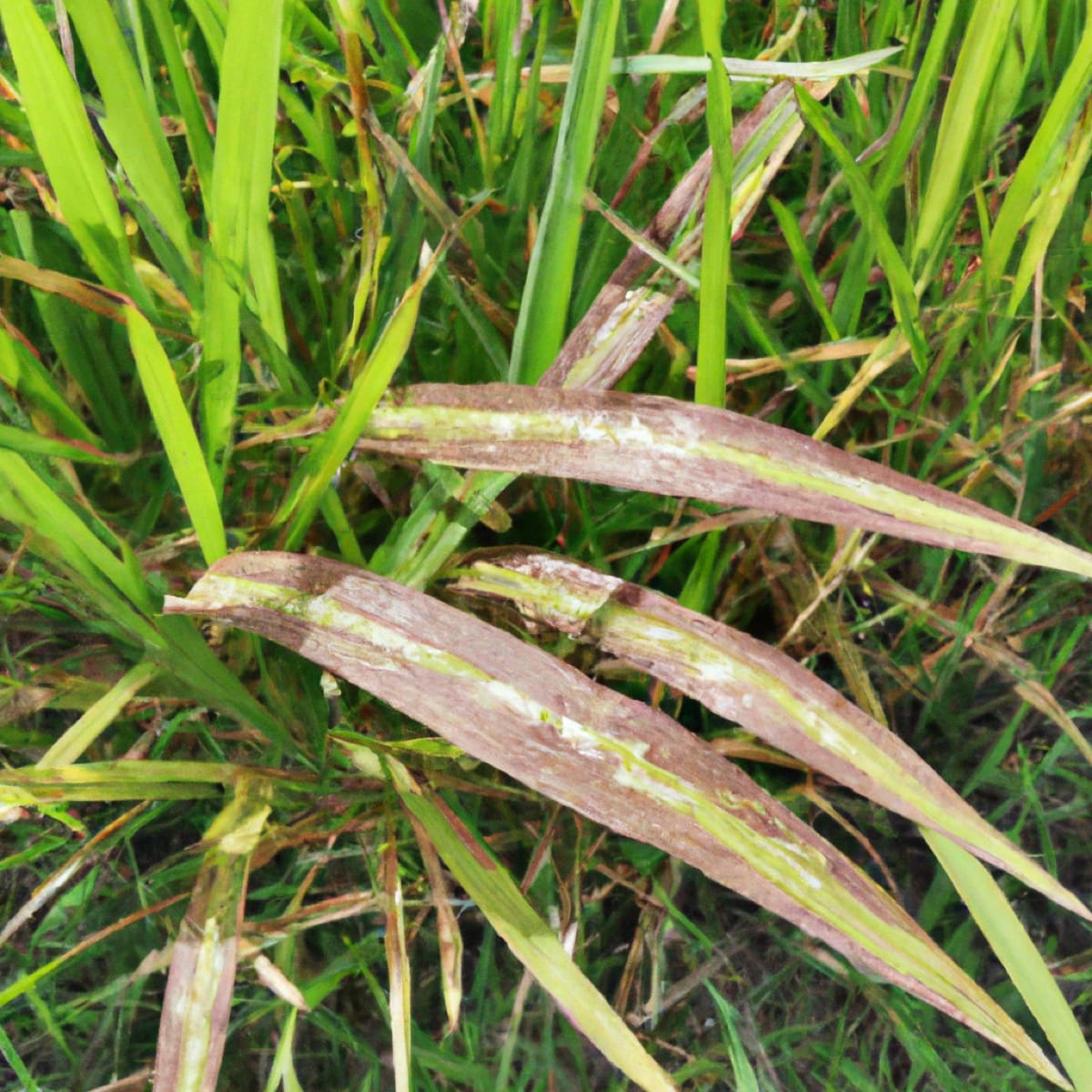
Bacterial Leaf Blight (BLB) symptoms:
Bacterial Leaf Blight (BLB) is a destructive disease affecting paddy rice. It is caused by the bacterium Xanthomonas oryzae pv. oryzae. BLB manifests as water-soaked lesions on rice leaves, eventually turning brown and leading to wilting. The bacterium spreads through contaminated seeds, water, or infected plant debris. Infected fields may experience yield losses, and effective control involves using resistant rice varieties, practicing proper field management, and employing organic treatments like neem oil to mitigate bacterial leaf blight.
Bacterial Leaf Blight (BLB) solution:
⮞ Use resistant varieties, adopt proper spacing to enhance air circulation, and apply organic sprays like neem oil or garlic extract to control bacterial infections.
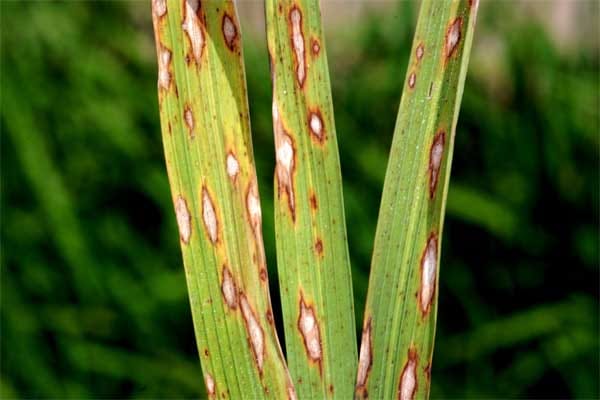
Rice Blast Symptoms:
Rice blast is a devastating fungal disease that affects rice crops, caused by the pathogen Magnaporthe oryzae. It commonly appears as small, diamond-shaped lesions on leaves, which can rapidly expand, leading to wilting and death of the infected plant parts. The fungus is highly adaptive, and its spores can spread through wind, water, or human activities. Effective management involves planting resistant varieties, practicing crop rotation, and using organic fungicides. Controlling moisture levels and avoiding excessive nitrogen fertilization also help mitigate the risk of rice blast in paddy fields.
Rice Blast Solution:
⮞ Plant resistant varieties, practice crop rotation, and apply a mixture of neem oil and compost to manage fungal infections. Proper field drainage also helps prevent waterlogged conditions.
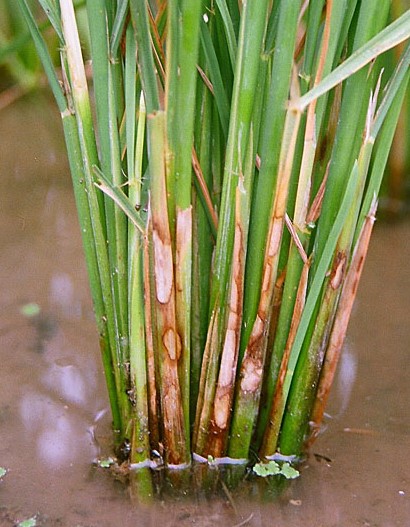
Sheath Blight Symptom:
Sheath blight is a fungal disease that affects rice plants, caused by the pathogen Rhizoctonia solani. It primarily targets the leaf sheaths and blades, creating characteristic lesions with a water-soaked appearance. As the disease progresses, the affected areas may develop a dark brown color, leading to extensive damage and yield loss. Sheath blight spreads through infected seeds, plant debris, and water splashes. Management strategies include using resistant rice varieties, practicing proper field hygiene, and applying organic fungicides. Maintaining optimal planting density and ensuring good drainage can also contribute to controlling sheath blight.
Sheath Blight Solution:
⮞ Implement proper field sanitation, use resistant varieties, and apply organic fungicides like copper-based solutions or Trichoderma to control the spread of the fungal disease.
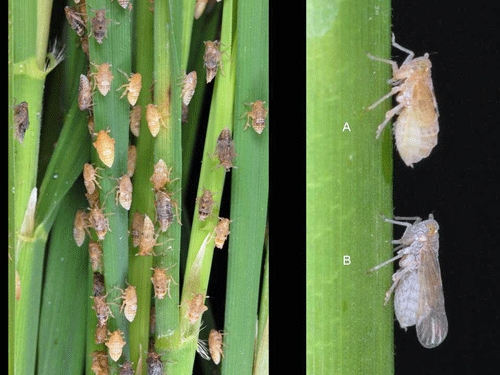
Brown Plant Hopper (BPH) symptom:
The Brown Plant Hopper (BPH) is a significant pest in rice cultivation. Scientifically known as Nilaparvata lugens, it feeds on the sap of rice plants by piercing and sucking, causing "hopper burn" symptoms. Infestations result in stunted growth, yellowing, and ultimately reduced yields. BPH is also a vector for transmitting viral diseases in rice. Integrated pest management strategies include the use of resistant rice varieties, maintaining natural predators like spiders, and employing organic measures such as neem-based products or garlic-chili sprays to control the brown plant hopper population.
Brown Plant Hopper (BPH) Solution:
⮞ Introduce natural predators like spiders and maintain diverse cropping systems. Neem-based products or garlic-chili sprays can be used to deter and manage brown plant hoppers organically.
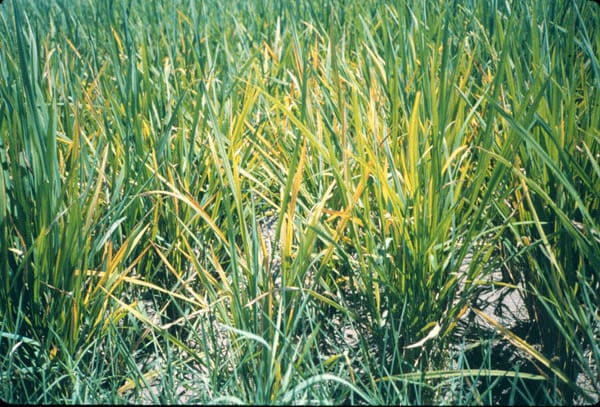
Rice Tungro Disease symptom:
Rice Tungro Disease is a viral infection affecting rice plants, caused by a combination of two viruses: Rice Tungro Bacilliform Virus (RTBV) and Rice Tungro Spherical Virus (RTSV). The disease is transmitted by the green leafhopper insect (Nephotettix spp.). Infected plants exhibit symptoms such as stunting, yellowing of leaves, and reduced tillering, leading to significant yield losses.
Management strategies for Rice Tungro Disease include planting resistant rice varieties, controlling the population of the green leafhopper through natural predators and insecticides, and practicing proper field sanitation to reduce viral inoculum. Crop rotation with non-host crops can also help in preventing the spread of the disease.
Rice Tungro Disease Solution:
⮞ Plant resistant varieties and encourage natural predators. Using neem cake as a soil amendment can help control the vector population responsible for spreading the disease. Crop rotation with non-host crops is also beneficial.